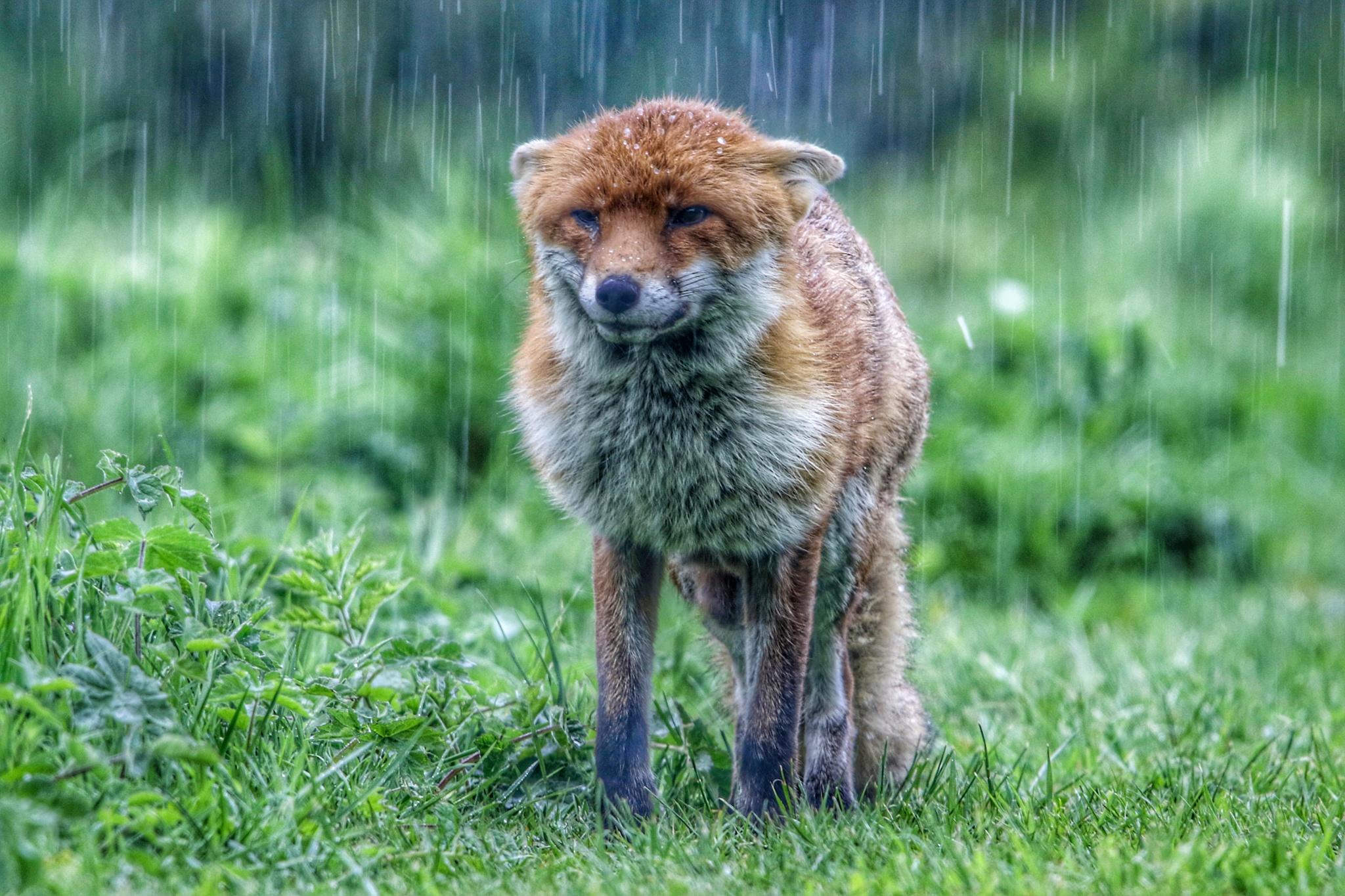

Air quality and sources of air pollution
The air around us is made up of nitrogen (78%), oxygen (20.9%), carbon dioxide (0.03%), argon (0.9%) and other gases (0.17%). These other gases are made up of substances that can cause health problems, including:
- Nitrogen dioxide (NO2) is created when nitric oxide reacts with oxygen in the air. The highest NO2 levels occur where there is heavy traffic, e.g. from cars and other vehicles.
- Ozone (O3) protects us from harmful UV radiation at high altitudes. However, ground-level ozone is a harmful pollutant created when sunlight reacts with other contaminants.
- Sulphur dioxide (SO2) is produced when a material, or fuel, containing sulphur is burned. It is a gas associated with industrial areas, particularly industrial processes such as burning fuels (coal and oil). In addition, the plumes of volcanic eruptions contain naturally occurring sulphur dioxide emissions.
- Carbon monoxide (CO) is a colourless, odourless, poisonous gas produced by incomplete or inefficient fuel combustion.
- Methane (CH4) is a colourless gas produced in stomachs when bacteria break down food. It is also released into the atmosphere when the waste we throw away decomposes.
- Particulate Matter (PM) comprises a wide range of particles, some occurring naturally while others are manufactured. Naturally occurring particulates include sand and sea salt, while the artificial variety includes those emitted from vehicle exhausts.
Air pollution is air contamination by harmful substances such as those listed here. Air quality is a measure of how clean or dirty the air is.
Sources of air pollution
Air pollution can be formed through both natural and artificial processes.
Natural sources
Some natural sources of air pollution are organic compounds from plants, sea salt, suspended soils and dust (e.g. from the Sahara desert). Other natural sources, such as soot and particulate matter, are released during volcanic eruptions, forest fires, and other catastrophes. These natural disasters can produce many pollutant gases and smoke, increasing background pollution levels for years - even in areas far away from the source.
Artificial sources
Transport - roads and rails
Vehicles like cars, vans, buses and lorries run on petrol or diesel. When these fuels are burnt in the engine, pollutants are released from the vehicles’ exhaust. Near busy roads, nitrogen oxides, carbon monoxide, and PM are the primary pollutants. Trains cause less pollution than the same individual journey made by car. However, trains still pollute the environment. Electric trains do not have any emissions, but they use electricity generated at power stations, which causes pollutants such as nitrogen oxides, sulphur dioxide and PM to be released into the atmosphere.
Agriculture
Animals such as cows and sheep emit a large amount of methane through belching and flatulence.
Industry and power generation
During the Industrial Revolution in the 1800s, many factories, such as cotton factories, were built in the UK near large towns and cities. Today the main industrial hubs tend to be away from cities. Nitrogen dioxide and sulphur dioxide are the main pollutants associated with these industrial processes. To generate electricity, fuels such as coal, gas or oil are burned at power stations. When these fuels are burned, they release nitrogen oxides, sulphur dioxide and PM, and greenhouse gases, such as carbon dioxide, contributing to climate change.
Waste
In the UK, the primary sources of CH4 emissions are waste management (mostly landfill) and agriculture.
Weather conditions can worsen or improve air quality. Strong winds can rapidly transport pollutants hundreds of kilometres from international sources (e.g. the Sahara desert and other countries’ power plants). In contrast, during weak winds associated with high-pressure systems (anticyclones), pollutants can accumulate around local sources. Rainfall can clean the atmosphere or pollute the environment depending on the harmful substances in the air.




